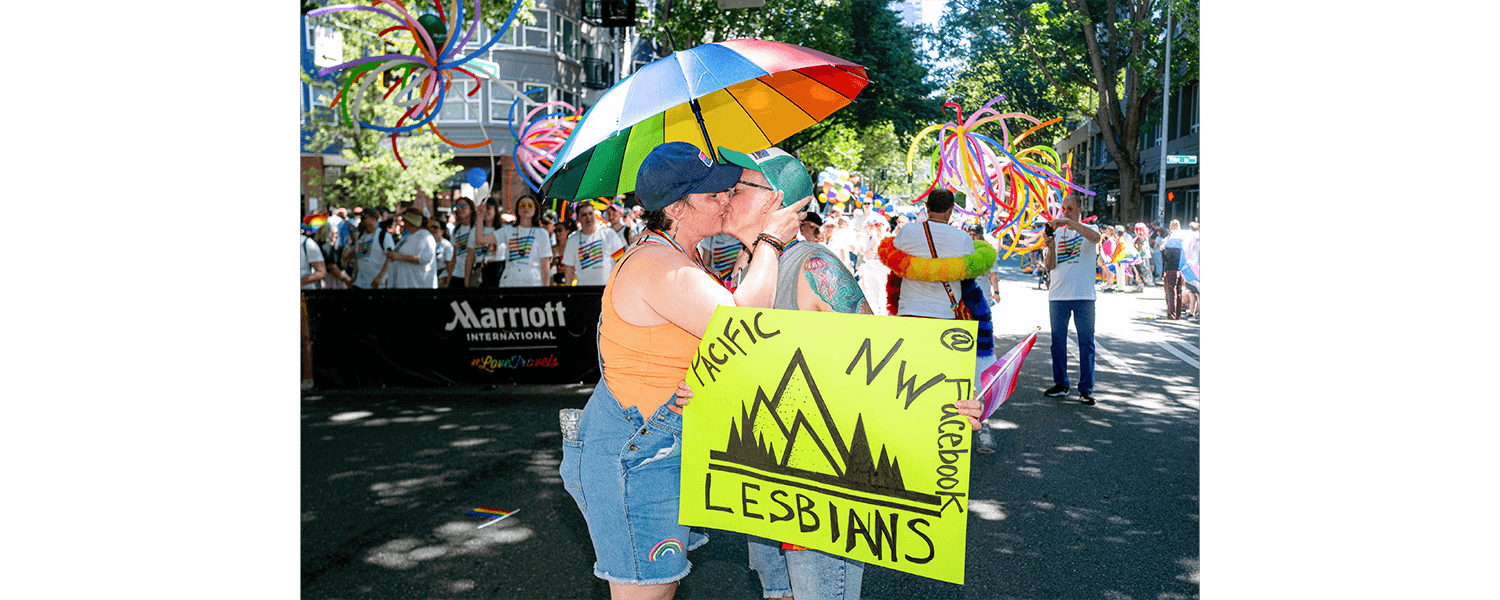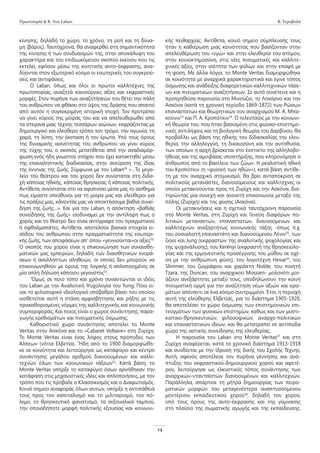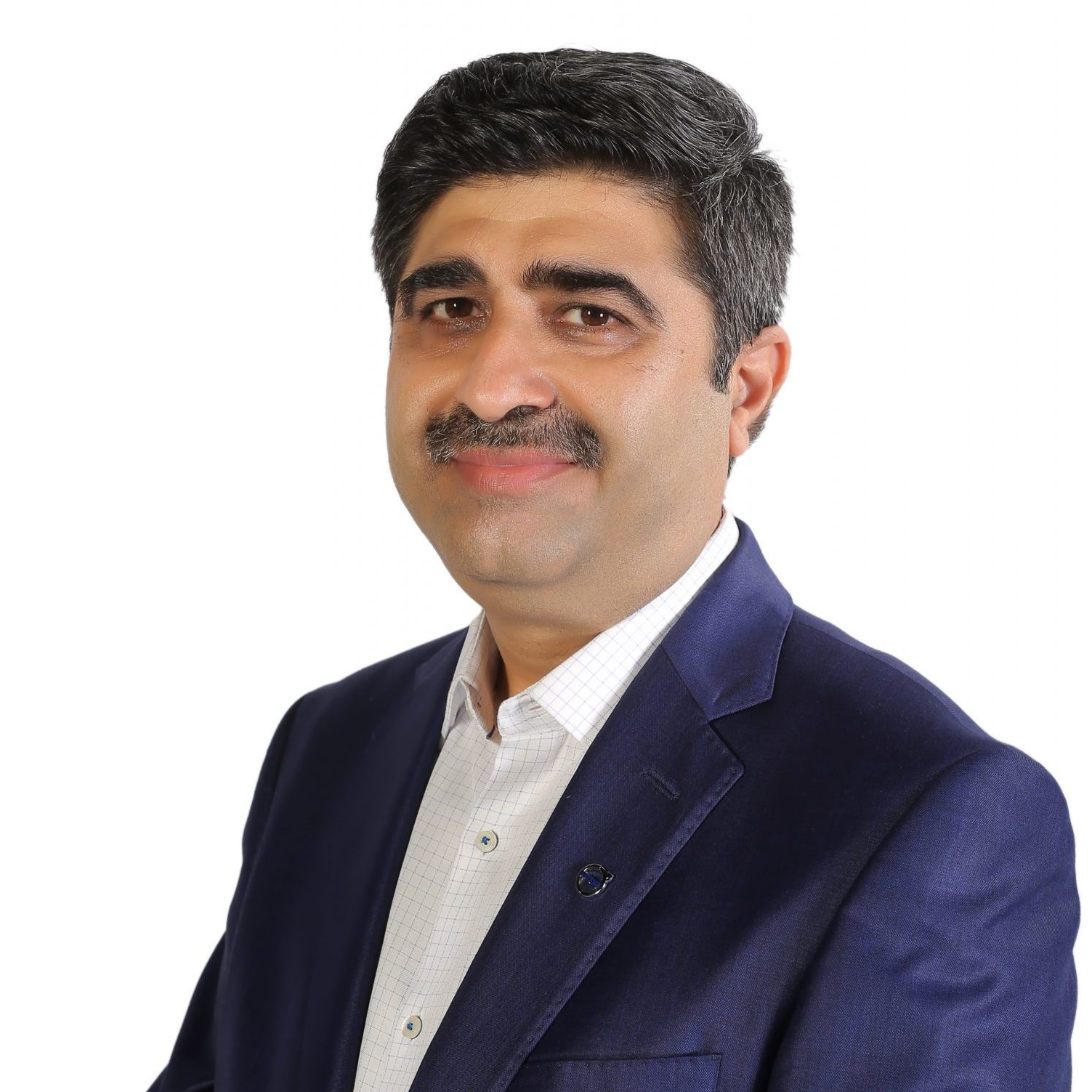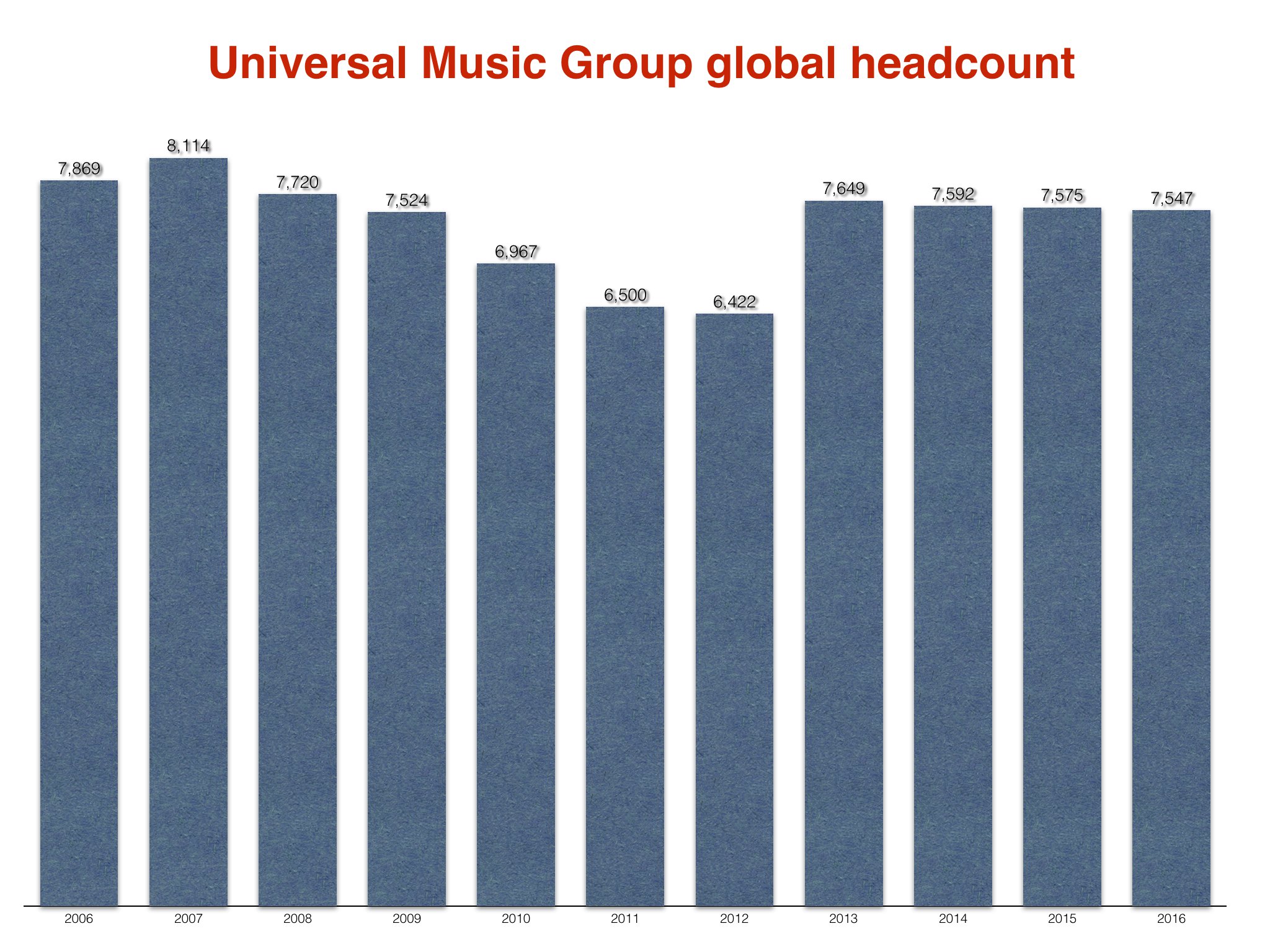International Asexuality Day: Resources And Support For The Asexual Community

Table of Contents
Understanding Asexuality and the Asexual Spectrum
Defining Asexuality:
Asexuality is a sexual orientation characterized by a lack of sexual attraction to any gender. It's important to differentiate asexuality from other concepts:
- Asexuality vs. Celibacy: Celibacy is a conscious choice to abstain from sexual activity, while asexuality is a sexual orientation—an inherent lack of sexual attraction.
- Asexuality vs. Abstinence: Abstinence is a behavior; asexuality is an identity. An asexual person may choose abstinence, but not all asexual people do.
- Asexuality vs. Other Sexual Orientations: Asexuality is not a lack of libido or a medical condition. It's a distinct sexual orientation, just like heterosexuality, homosexuality, or bisexuality. The fluidity of sexuality means that experiences can change over time.
The asexual experience is diverse and personal; there's no single "asexual experience."
Exploring the Asexual Spectrum:
The asexual spectrum encompasses a wide range of identities, including:
- Demisexuality: Individuals who only experience sexual attraction after forming a strong emotional connection with someone.
- Gray-asexuality: Those who experience sexual attraction infrequently or under specific circumstances. Their level of sexual attraction might fall somewhere between asexual and sexual.
- Other identities: Many other micro-labels exist within the asexual community to further articulate individual experiences, reflecting the spectrum’s complexity.
Celebrating International Asexuality Day: Events and Activities
Finding Local Events:
While widespread public awareness remains limited, many local communities and online spaces actively celebrate IAD. To find events:
- Utilize relevant hashtags: Search for #InternationalAsexualityDay, #Asexuality, and related terms on social media platforms like Twitter, Instagram, and Facebook.
- Check online event listings: Several websites specialize in LGBTQ+ events; look for listings specific to your area.
- Connect with online asexual communities: Online groups often share information about local meetups and events.
Online Communities and Support Groups:
Online communities play a crucial role in providing support and connection for asexual individuals. These spaces offer:
- A sense of belonging: Connecting with others who share similar experiences combats feelings of isolation.
- Education and information: These communities offer a safe space to learn about asexuality and ask questions.
- Support and validation: Sharing experiences with others can provide much-needed support and understanding.
Many forums, Discord servers, and social media groups cater specifically to the asexual community.
Resources and Support for the Asexuality Community
Educational Resources:
Numerous resources provide comprehensive information on asexuality:
- The Asexual Visibility and Education Network (AVEN): A leading organization offering a wealth of information and resources about asexuality.
- Books and articles: Search for books and articles on asexuality and related topics, always prioritizing reliable sources and reputable authors.
Mental Health Support:
Asexual individuals may face unique challenges, such as misunderstanding from family and friends or internalized homophobia. Seeking mental health support is crucial:
- LGBTQ+-affirming therapists: Finding a therapist who understands LGBTQ+ issues is essential for providing appropriate care.
- General mental health resources: Many organizations offer support for various mental health needs.
Advocacy Organizations:
Several organizations actively advocate for the rights and understanding of asexual individuals:
- Organizations focusing on LGBTQ+ rights often include asexual people in their advocacy work. Support these groups to broaden inclusivity.
Conclusion:
International Asexuality Day is crucial for raising awareness, celebrating the asexual community, and providing vital support. Understanding the asexual spectrum, the challenges faced, and the available resources is key to fostering a more inclusive society. This year, let's all participate in making International Asexuality Day a meaningful celebration. Learn more about International Asexuality Day, join the asexual community, and help spread awareness and understanding. Celebrate International Asexuality Day with us! Find resources for International Asexuality Day and become an ally.

Featured Posts
-
 Tampoy Eksereynontas Tis Synepeies Ton Apokalypseon
May 19, 2025
Tampoy Eksereynontas Tis Synepeies Ton Apokalypseon
May 19, 2025 -
 5 Shocking Truths Revealed In The Jyoti Malhotra Espionage Case
May 19, 2025
5 Shocking Truths Revealed In The Jyoti Malhotra Espionage Case
May 19, 2025 -
 Office365 Security Flaw Exposed Millions Stolen Through Executive Email Hacks
May 19, 2025
Office365 Security Flaw Exposed Millions Stolen Through Executive Email Hacks
May 19, 2025 -
 Srimandir Visit Footage Of Youtuber Jyoti Malhotra Puri Investigated For Espionage
May 19, 2025
Srimandir Visit Footage Of Youtuber Jyoti Malhotra Puri Investigated For Espionage
May 19, 2025 -
 Libraries Under Pressure Fewer Staff Limited Services Following Trump Order
May 19, 2025
Libraries Under Pressure Fewer Staff Limited Services Following Trump Order
May 19, 2025
